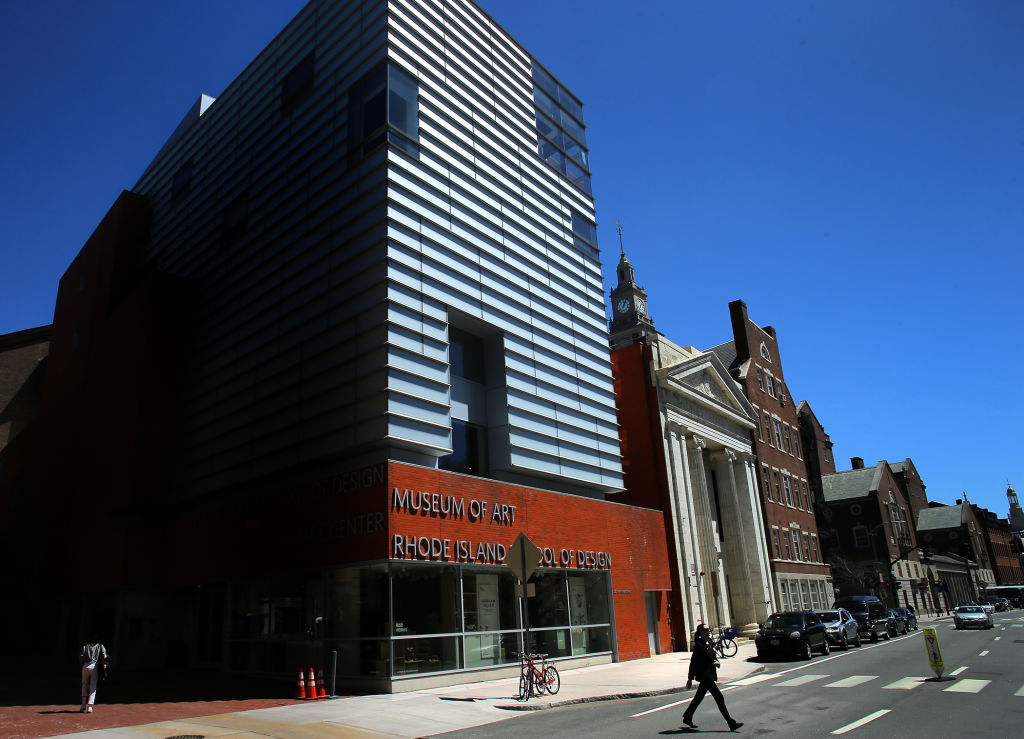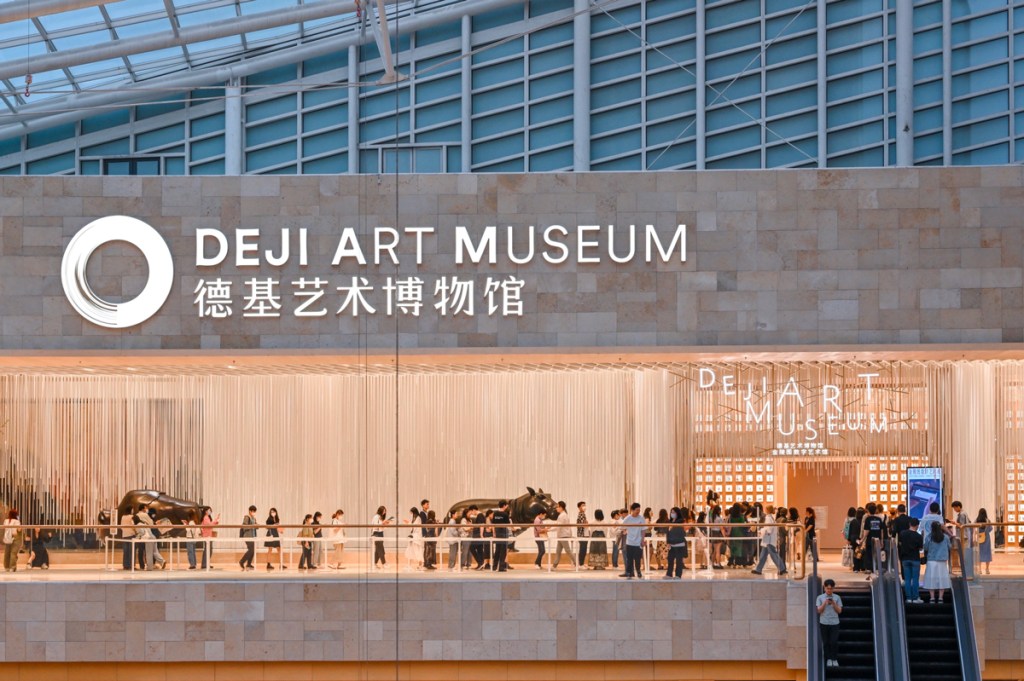Giovanni Anselmo, Giant of Italy’s Arte Povera Movement, Dies at 89
Giovanni Anselmo, one of the most important artists associated with the 1960s Italian art movement Arte Povera, has died at 89. His death was confirmed by Marian Goodman Gallery, his New York representative.
“A key protagonist of the Arte Povera movement and an artist of the Gallery for 39 years, Anselmo pursued and explored his practice in relation to nature, the finite and the indefinite, the visible and the invisible,” the gallery said in a statement.
Like many in the Arte Povera movement, Anselmo crafted oddball, highly memorable sculptures that combined industrial and organic matter. Many of Anselmo’s works subject materials—stones, steel, lettuce, fabric, glass, and more—to the forces of gravity.
Torsion (1968), a work held by the Museum of Modern Art in New York, contains a wood block with leather wrapped around it. The leather is encased within a giant cement cube, and the block is leaned against the wall, establishing a delicate balance that keeps this bizarre object in place.
Untitled (Sculpture That Eats), a work made that same year, includes a low rectangle of granite with a cube of the same matter attached via a piece of wire. Sandwiched between the two is a piece of fresh lettuce. Over time, the lettuce decays, gradually causing the smaller granite element to slip until it falls onto a bed of sawdust beneath.
Anselmo’s works had a metaphysical dimension that he described as being borne from a larger philosophical inquiry. “I, the world, things, life—we are points of energy, and it is not necessary to crystallize these points as it is to keep them open and alive, functioning in our life,” he once said.
Born in 1934 in Borgofranco d’Ivrea, Italy, Anselmo started out as a self-taught painter before turning to sculpture. He also produced conceptual works such as La Mia Ombra Verso l’Infinito Dalla Cima Dello Stromboli Durante L’Alba del 16 Agosto 1965 (1965), for which he ventured to a volcanic island off the coast of Sicily and photographed himself as the sun hit him. He added pencil lines to his pictures that suggested the rays emanating toward him, effectively visualizing something that was normally impossible to see.
Arte Povera, as theorized by the curator Germano Celant, made use of cheap, “low” materials as a reaction to bourgeois forms of art-making like painting, which is more permanent. Some art historians now view these works as responses to the Italian condition after World War II.
As his star ascended alongside Arte Povera figures such as Jannis Kounellis and Michelangelo Pistoletto, Anselmo started to show widely in Europe. He figured in four editions of the Venice Biennale, including the 1990 one, at which he won the Golden Lion for painting. He also featured in two editions of Documenta, the taste-making exhibition that happens once every five years in Kassel, Germany.
At the time of his death, Anselmo was working on a survey for the Guggenheim Bilbao in Spain. The show is currently slated to open in February. His work will also be included in a major Arte Povera exhibition, curated by Carolyn Christov-Bakargiev, will open at the Bourse de Commerce in Paris next fall. “I loved him enormously. He oriented, showed me the meaning of ultramarine blue, beyond the sea, oltremare, far away and yet here, now, alive,” Christov-Bakargiev wrote on X.
A number of works by Anselmo took the form of stones embedded with compasses—cryptic objects that pointed up the searching quality that recurred throughout the artist’s oeuvre. Of one 1967–68 sculpture titled Direzione, he once said, “The work begins in the place where it is, and ends where the Earth’s magnetic fields are, the center of the planet.”



